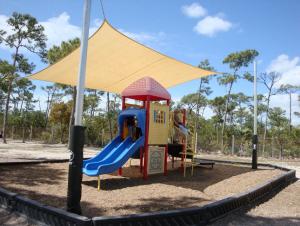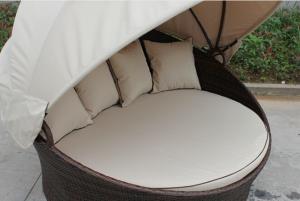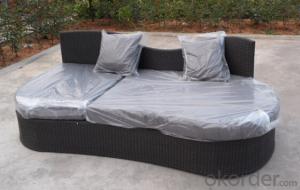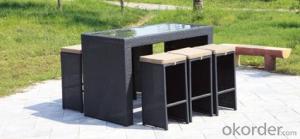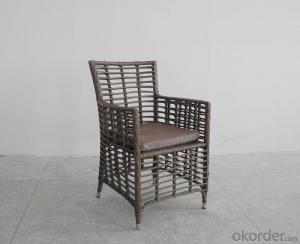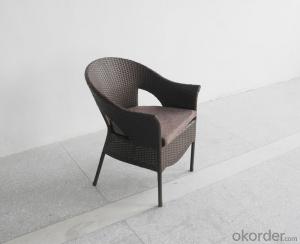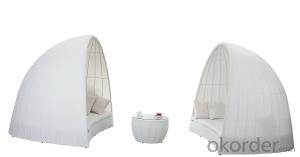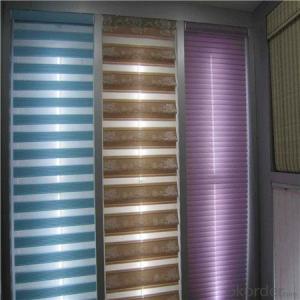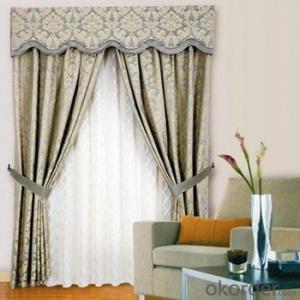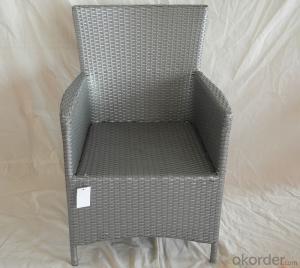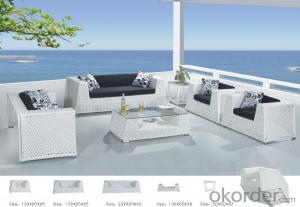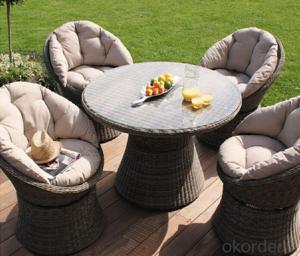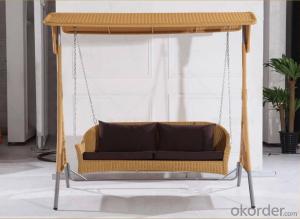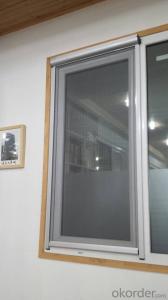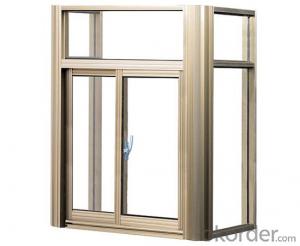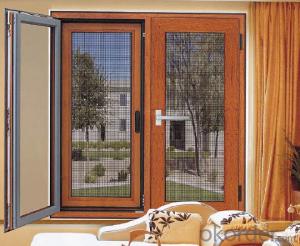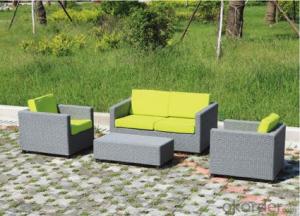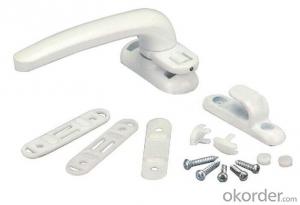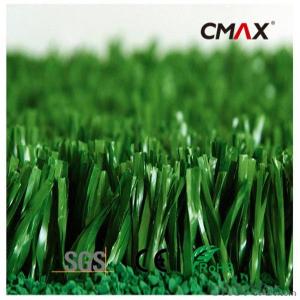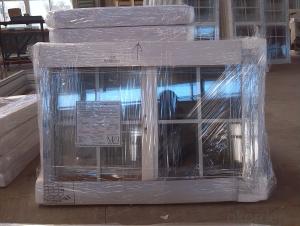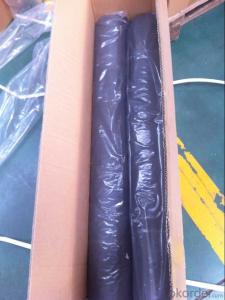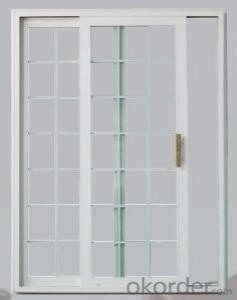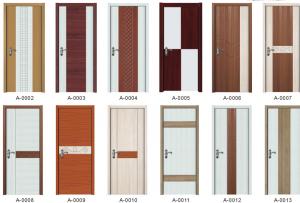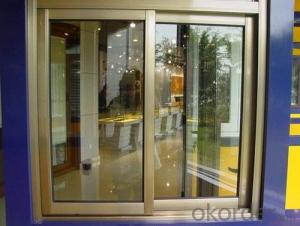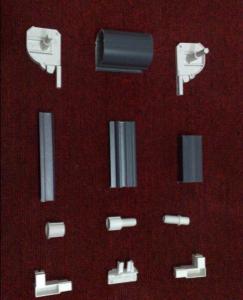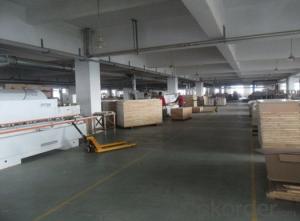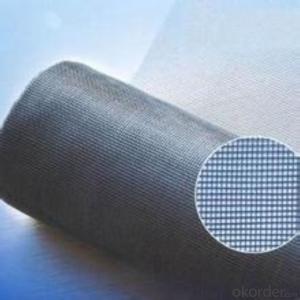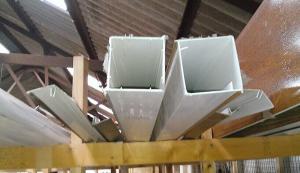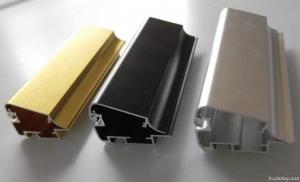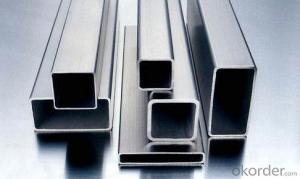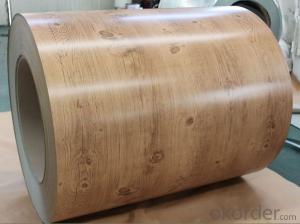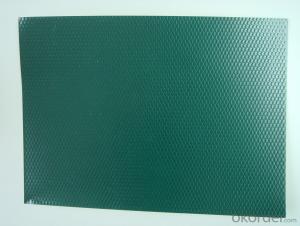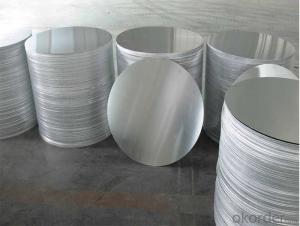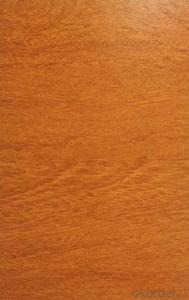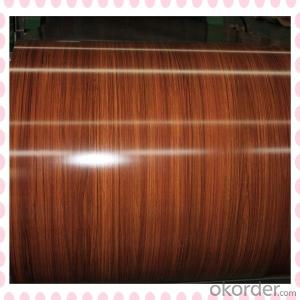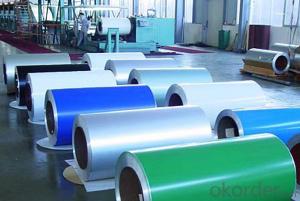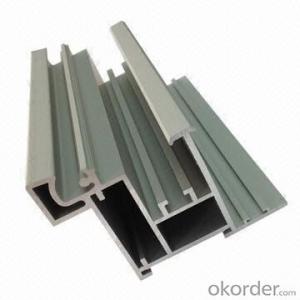Patio Door Window Treatments
Patio Door Window Treatments Related Searches
Teal Accent Chair With Arms Galvanized Steel Garden Beds Stainless Steel Patio Heater light bond plus aluminum 24 X 50' Aluminum Trim Coil Aluminum Trim Coil 24 X 50 Aluminum Grate Mesh 1/8 Aluminum Flat Stock Outdoor Furniture Cast Iron E Revo 2.0 Aluminum Skid PlateHot Searches
Used Hotel Patio Furniture For Sale Cost Of Awnings For Decks Japanese Garden Statues For Sale Garden Decorations For Sale Garden Awnings For Sale House Decorations For Sale House Awnings For Sale Canvas Awnings For Sale Buy Alabaster For Carving Shade Net Prices In Sri Lanka Sunbrella Patio Umbrellas Best Price Shade Net House Construction Cost Garden Slabs Sale Garden Bench Sale Offset Patio Umbrellas On Sale Patio Blocks Sale I Want To Buy A House Garden Supply Company Catalog Local Garden Supply Stores House Cleaning Products ManufacturersPatio Door Window Treatments Supplier & Manufacturer from China
Okorder.com is a professional Patio Door Window Treatments supplier & manufacturer, offers integrated one-stop services including real-time quoting and online cargo tracking. We are funded by CNBM Group, a Fortune 500 enterprise and the largest Patio Door Window Treatments firm in China.Hot Products
FAQ
- There are several bending techniques available for aluminum pipes, each with its own advantages and limitations. 1. Rotary Draw Bending: This is the most common bending technique used for aluminum pipes. It involves clamping one end of the pipe while a bending die is inserted into the other end. The pipe is then drawn around the die using a rotating bend arm. Rotary draw bending provides precise and accurate bends with minimal distortion. 2. Mandrel Bending: This technique uses a mandrel, which is a solid rod inserted into the pipe during the bending process. The mandrel prevents the pipe from collapsing or wrinkling during the bend, resulting in smooth and uniform bends. Mandrel bending is commonly used for tight radius bends or when maintaining the pipe's cross-sectional shape is crucial. 3. Roll Bending: This technique involves passing the aluminum pipe through a series of rollers to gradually form the desired curve. Roll bending is suitable for large diameter pipes and can achieve a wide range of bend radii. However, it may cause some deformation and flattening at the bend point. 4. Induction Bending: This technique uses heat induction to soften the aluminum pipe before bending. The softened pipe is then slowly bent using hydraulic or mechanical forces. Induction bending is preferred for large diameter pipes or when complex shapes are required. It offers precise control over the bending process and minimal distortion. 5. Compression Bending: This technique involves compressing the pipe against a stationary die to form the desired bend. Compression bending is commonly used for small diameter aluminum pipes and is often performed manually. It is a cost-effective bending method but may result in some flattening or deformation. It is important to consider the specific requirements of your project, such as bend radius, pipe diameter, and desired appearance, when choosing the appropriate bending technique for aluminum pipes. Consulting with a professional or an experienced metal fabricator can help in determining the best bending method for your specific application.
- How many kilograms does the copper pipe withstand? How many kilograms does the aluminum pipe withstand?
- The allowable stress for TP2 copper tubes is specified as S=41.2MPa (6000Psi).The allowable stress of aluminum pipe should be checked
- Is GREE a brass tube or an aluminum tube?
- Air conditioning heat exchange tube is the use of pure copper is not soft aluminum tubes could not resist exposure and alternating hot and cold days and months multiplying each business even in order to reduce the cost is not used because of the short service life of aluminum tubes and easy deformation of the head down business costs high maintenance rate is lost in their own businesses after all is said and done. Copper is only copper content more with less
- Yes, aluminum pipes are affected by exposure to fire or flames. Aluminum is a non-combustible material, meaning it does not catch fire or burn on its own. However, when exposed to high temperatures, aluminum pipes can still be affected by the intense heat. Aluminum has a low melting point of around 660 degrees Celsius (1220 degrees Fahrenheit), so it can start to soften and deform under the extreme heat of a fire. This can lead to structural damage and compromise the integrity of the pipes, potentially causing leaks or failure. Therefore, it is important to take precautions and protect aluminum pipes from direct exposure to fire or flames to ensure their longevity and functionality.
- Yes, aluminum pipes are relatively easy to install due to their lightweight nature and ease of cutting and joining.
- Steel pipe can flange connection, aluminum pipe can flange connection? How about copper tubes?
- Yes, PPR flange, PE flange is much more
- Aluminum pipes can indeed undergo anodization to improve their resistance to corrosion. Anodization is a process that employs electricity to generate a protective oxide layer on the surface of the aluminum. This layer possesses exceptional resistance against corrosion, thereby greatly enhancing the longevity and strength of the pipes. Moreover, anodization offers supplementary advantages, including increased hardness, improved adhesion for paints and coatings, and an enhanced aesthetic appearance. By dyeing the anodized layer in various colors, one can achieve the desired visual effect. The process entails immersing the aluminum pipes in an electrolyte solution and passing an electric current through it, thereby inducing the formation of the oxide layer. All in all, anodization serves as an effective and widely employed technique for augmenting the corrosion resistance of aluminum pipes.
- Automatic necking machine for aluminum pipe necking is what causes Hoove
- You can look at the Taizhou Federation of mechanical and electrical automatic CNC necking machine, CNC system to control the circular roller work, as if the effect can also be.If the pilot type relief valve, may be caused by not unloading overflow valve orifice plug through a relief valve.
